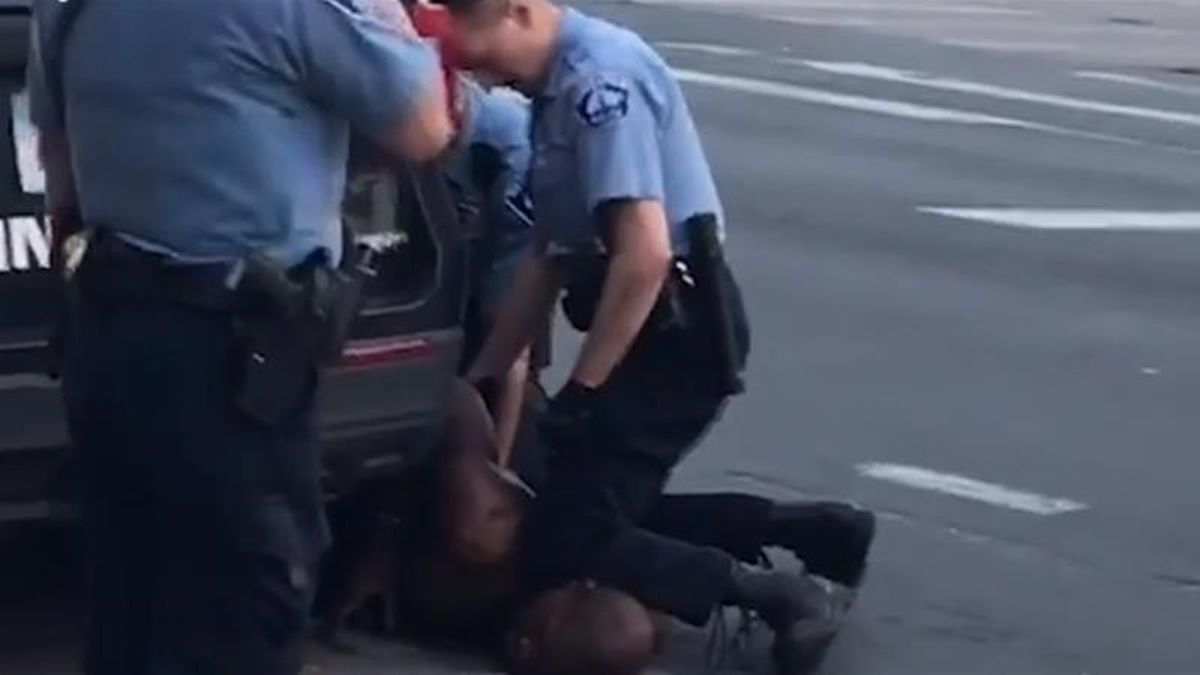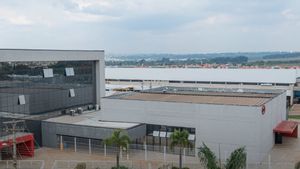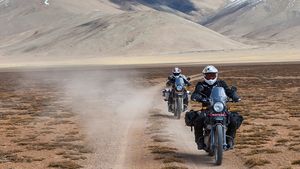JAKARTA - Prior to George Floyd's death, neck restraint in the process of arresting someone had indeed become a polemic in the United States (US). At the most extreme, the procedure was considered legitimate by the authorities to take someone's life. We went into that procedure, especially in its application by the Minneapolis police.
There is some kind of problem, indeed. According to research by NBC News, since 2015, Minneapolis police have knocked 44 people unconscious with neck restraint.
From 2015 until now, there were at least 237 neck restraints. 16 percent of them cause someone to experience loss of consciousness.
Meanwhile, according to data from the Minnesota Police, three out of five people who are victims of neck restraint are black citizens. This fact provoked a separate polemic about the sentiment of law enforcement institutions towards blacks.
ProcedureIn carrying out neck restraint measures, officers must not be careless. All procedures have actually been regulated in the guide.
The Minneapolis Police (MPD) guide to prosecution explains, neck braces must be performed by officers who have passed training, have sworn in, and have been given authority, of course. There are three types of neck restraints, from the mildest to the most lethal.
A neck restraint procedure is defined as the act of pressing on one or both sides of a person's neck with an arm or leg. However, not carelessly. This should not apply direct pressure to the trachea or airway --the front of the neck.
The Minneapolis police force divides the two types of neck restraints: conscious and unconscious. The first, most mild procedure is the conscious neck restraint. This action is intended to control the subject, yet remain in a conscious state, applying only light to moderate pressure.
Then, secondly, the unconscious neck restraint procedure. At this level, the neck restraint aims to knock the person unconscious by applying adequate pressure.
And the last of the deadliest is the "Choke Hold" procedure. The deadliest option. In this procedure, the apparatus applies direct pressure to the trachea or airway of a person (in front of the neck) thus blocking the passage of breath.
TechniqueMeanwhile, in the image of the neck restraint procedure from the Fort Wayne Police that WANE 15 News reported, we can see a number of techniques based on several levels, from the hardest to the softest. From the picture, the technique should be done from behind the person's body and performed in a standing position.
In the first degree, the arm chokes the neck at a zero degree angle, with minimum compression. Then, level two, the arms form a 20 degree angle, with moderate compression. And finally, level three, the arms form 45 degrees with maximum compression.
What Floyd's killer cop Derek Chauvin did was fatal blaming, both procedurally and technically. The former sergeant of the Israeli Defense Forces, who for years trained in the martial arts technique of the United States police, Maria Haberfeld, said she had never seen a neck restraint technique like Floyd's.
"However, I saw this video. He broke Floyd's neck. As far as I know, that is not a legitimate training technique this 2020," he told Buzzfeed News.
According to the MPD guidelines, the conscious neck rest should be used in persons actively rebelling. Meanwhile, unconscious neck restraint is performed on suspects who show active attack, active resistance, or the purpose of escape.
The policy states that neck restraint should not be applied to subjects who resist passively. In Floyd's case, he appears to have been handcuffed and not considered violent or threatening. Nor was he armed.
Haberfeld added that an incident like this Floyd illustrates the need for standard police procedures based on scientific research and best practices.
"We see too many incidents of this that shouldn't happen because there are people who are wrong in this profession and this profession can't pay for it. It's a matter of life and death," he stressed.
The English, Chinese, Japanese, Arabic, and French versions are automatically generated by the AI. So there may still be inaccuracies in translating, please always see Indonesian as our main language. (system supported by DigitalSiber.id)













